I don't know much about the Chicago pedway. How big is it? How extensive? What purpose does it serve? |
Monday, April 30, 2007
The Pedway
Posted by
Admin
at
11:00 PM
0
comments
![]()
green light on projects
This issue has come up frequently in Chicago discussions and I'd like to know the answer: |
Posted by
Admin
at
10:30 PM
0
comments
![]()
city people, suburban people
For years only New York has projected a huge difference between city people and suburban people. If you come into Manhattan from the outer boroughs, Long Island, Westchester, Jersey, etc., you are a bridge-and-tunnel person. In that term, a strict line is drawn between those seeking the city life and those beyond the rivers. |
Posted by
Admin
at
10:00 PM
0
comments
![]()
Finally I'm going to Chicago after being absent 14 years
Well I might be leaving tonight driving from LA to Chicago. My brother asked me to go with him to work on a project for the company he works for. Since he doesn't like to fly and needs to be there like Tuesday it will be non stop driving. |
Posted by
Admin
at
9:30 PM
0
comments
![]()
Best 2,000 Footer Ever Proposed for Chicago?
Skyneedle 1990 |
Posted by
Admin
at
8:30 PM
0
comments
![]()
Chicago: The Second City
Has anyone ever read the book Chicago: The Second City by A.J. Liebling? |
Posted by
Admin
at
8:00 PM
0
comments
![]()
City Corruption
I know this isn't exactly skyscrapers.... |
Posted by
Admin
at
7:30 PM
0
comments
![]()
What Downtown Streets Won't You Cross Against the Light?
If native New Yorkers and native Chicagoans have one thing in common, it's the trait to cross the street irrespective of the pedestrian signal. If there's an opening in the traffic, off go we natives, generally to the consternation, amazement, or simple dumbfoundedness of law-abiding Midwestern (or God-forbid Californian) suburbasauran out-of-towners still waiting on the street corners behind us. |
Posted by
Admin
at
7:00 PM
0
comments
![]()
Daley's "Trees in parking lots" policy. Just not getting it?
Am I the only one who finds Daley's idea to put more trees in parking lots a bit annoying? |
Posted by
Admin
at
6:30 PM
0
comments
![]()
Chicago & Illinois transportation gets a shot in the arm
We need to thank our legislators in Congress over here in the District of Columbia for pushing a Federal Transportation Bill that will have a LOT of pork for Illinois and the Chicago area. Bolded are the parts that I'm interested in: |
Posted by
Admin
at
6:00 PM
0
comments
![]()
Good news for TOD in Chicago
There has been some talk about Chicago doing a bad job in promoting TOD (transit-oriented development). |
Posted by
Admin
at
5:30 PM
0
comments
![]()
"Life beyond the Hudson"
nytimes.com had an excellent article this morning about an incredible housing boom in the city's four outer boroughs and the effect it is having on the city and its various ethnic groups. |
Posted by
Admin
at
5:00 PM
0
comments
![]()
If you had your choice...
...of five proposed buildings to get built, which would they be? |
Posted by
Admin
at
4:30 PM
0
comments
![]()
How can Chicago's city population be over 3.5 million again????
Two questions: Can it? If so, how. |
Posted by
Admin
at
3:30 PM
0
comments
![]()
Chicago's Fish Hotel
Something fishy about new Chicago hotel |
Posted by
Admin
at
3:00 PM
0
comments
![]()
are Sox & Mets soul mates?
Are the Chicago White Sox and the New York Mets soul mates? |
Posted by
Admin
at
2:30 PM
0
comments
![]()
are Sox & Mets soul mates?
Are the Chicago White Sox and the New York Mets soul mates? |
Posted by
Admin
at
2:00 PM
0
comments
![]()
Chicago: Image builders
What are some of the "Chicago image builders" that are out there...and if they happen, the city looks a heckuva lot better? |
Posted by
Admin
at
1:30 PM
0
comments
![]()
Ideas to fix Dearborn Park
Eventually downtown growth will swallow up the south loop, and the only liability in that area will be the inward-oriented fortress of suburbia right in the middle--Dearborn Park I & II, with its impenetrable walls of brick. The only east-west connections will be Roosevelt Road. Not good. |
Posted by
Admin
at
1:00 PM
0
comments
![]()
How high is too high
I following are basically true about skyscrapers: |
Posted by
Admin
at
12:30 PM
0
comments
![]()
Public-tranist social stigma?
In the Toronto transit vs Chicago transit thread, one Chicago visitor mentioned a certain kind of social stigma that he felt when riding transit. Is riding public transit for purposes other than the daily commute expected of only poorer people? Is there any shame in taking the bus instead of driving?> |
Posted by
Admin
at
12:00 PM
0
comments
![]()
Regional Insecurity
I would say that Chicago, moreso than any other big city, is just sitting in the wrong place. |
Posted by
Admin
at
11:30 AM
0
comments
![]()
a Sox "what if...."
This is not prediction, anticipation, expectaction. No, it's just a simple question: |
Posted by
Admin
at
11:00 AM
0
comments
![]()
Could Field's stand alone?
I'll ask this question, even though my knowledge of how American business works today makes me realize the answer is "NO!" |
Posted by
Admin
at
10:00 AM
0
comments
![]()
IC's Whirlwind Tour of the American Midwest: Chicago
I went on a long trip cros several states and through many cities this summer. Chicago was by far my favorite of the cities to visit. |
Posted by
Admin
at
9:30 AM
0
comments
![]()
chicago subway
how is the chicago subway system differs from the new york subway in terms of design,operation,fare control and etc> |
Posted by
Admin
at
8:00 AM
0
comments
![]()
OfficeMax is One of Four Companies to Consolidate in the Area
From today's Sun-Times... |
Posted by
Admin
at
6:30 AM
0
comments
![]()
Will ridership on the Green Line grow the fastest in the next 30 yrs?
Okay, so the Blue and Red Lines are the top dogs. |
Posted by
Admin
at
6:00 AM
0
comments
![]()
Columbian Exposition
What buildings from the 1893 World's Fair still exist? |
Posted by
Admin
at
5:30 AM
0
comments
![]()
Chicago and foreign business
I wish to continue the Global Chicago discussion on this thread (hence the somewhat different name), untampered-with by the frustrated LA crowd. Below is an article that exemplifies why Chicago is a global city. This is why it always stays on top. It's mayor and civic community think ahead and reach out aggressively to attract business. Daley has made similar trips to other places, such as India, sometimes bringing William Daley, Gov Blagojevich, and even CEO's of major companies (such as Motorola and Boeing) to tout Chicago. Hell, Daley even promised to teach Mandarin in Chicago schools! Hilarious |
Posted by
Admin
at
4:30 AM
0
comments
![]()
Global Chicago!
21ST-CENTURY CHICAGO |
Posted by
Admin
at
4:00 AM
0
comments
![]()
Transit-oriented-development in Chicago
Last time I was in Chicago, I drived (sorry, guys) by Western Ave in the NW side and its intersection with the blue line in Lincoln Square. I noticed several new 2-3 flats and buildings going up with ground-level retail. I was impressed with the TOD. |
Posted by
Admin
at
3:30 AM
0
comments
![]()
Forumer Get Together-Saturday, Oct 16th
Hello fellow Chicago Forumers, |
Posted by
Admin
at
3:00 AM
0
comments
![]()
frank gehry designs polish vodka bottle
click here |
Posted by
Admin
at
2:30 AM
0
comments
![]()
No Go Aones, a Few Do's and Don'ts, New Zoning Laws
No-go zones: A few dos and don'ts |
Posted by
Admin
at
2:00 AM
0
comments
![]()
4: Chicago from a Boat, 5/4/04
If the pics aren't showing, go here. http://mcc.fotopic.net/c174937.html |
Posted by
Admin
at
1:30 AM
0
comments
![]()

 >
> 



 >
>  >
> 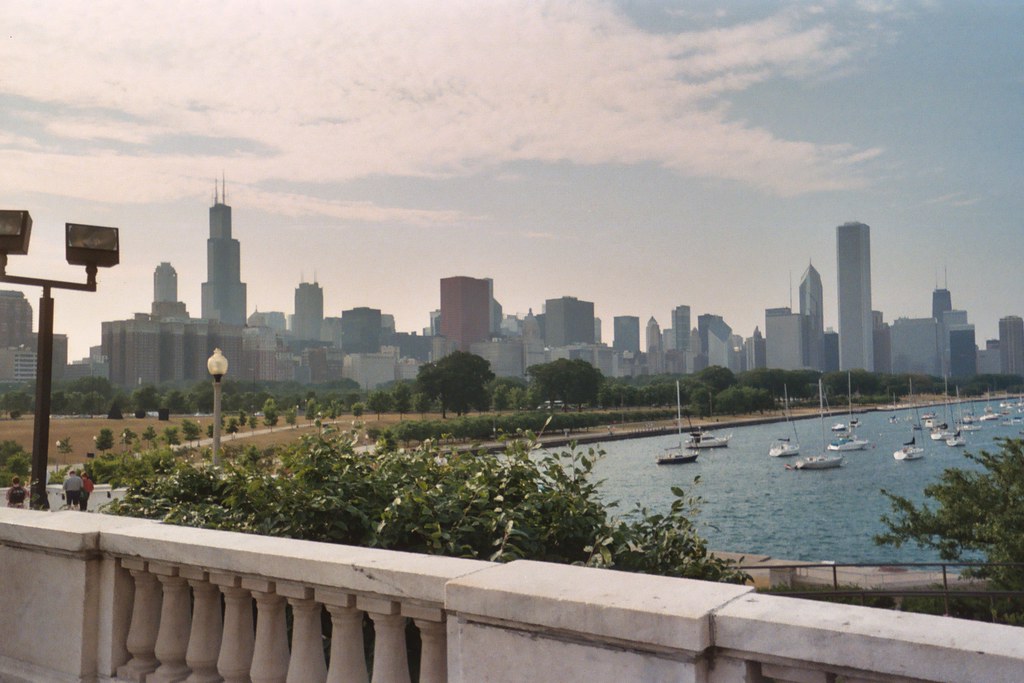
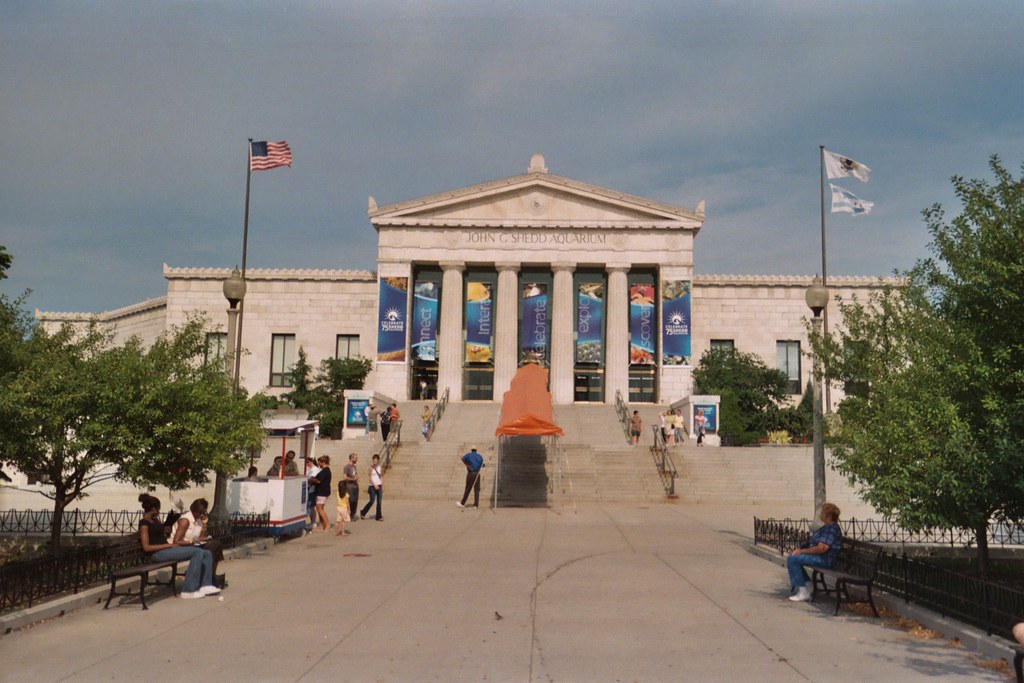
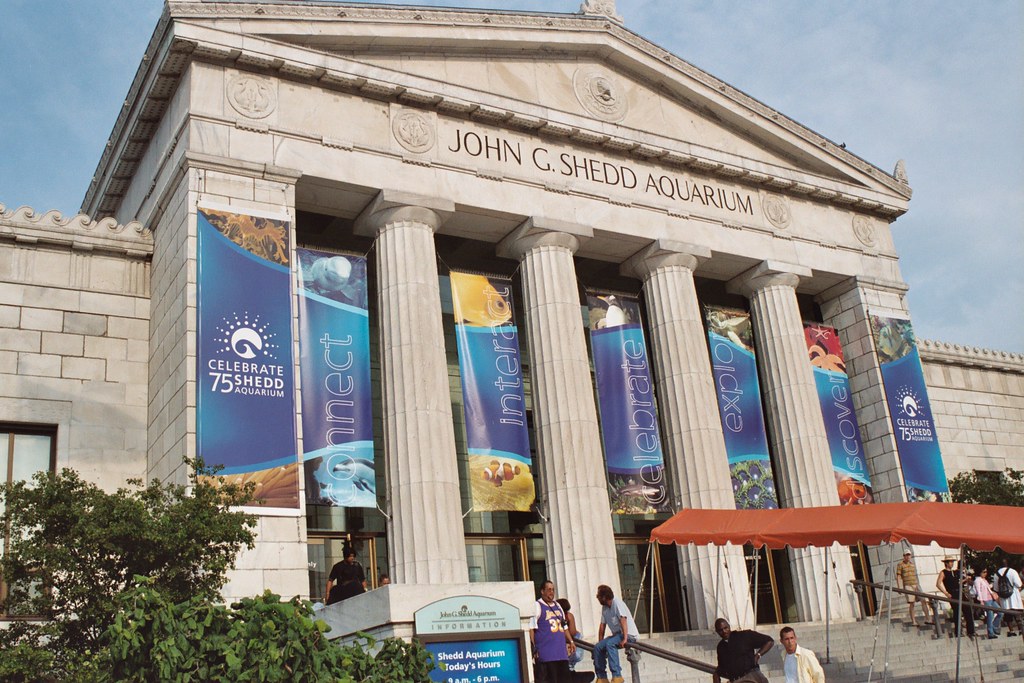
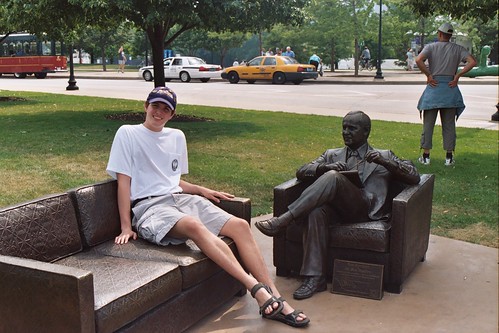
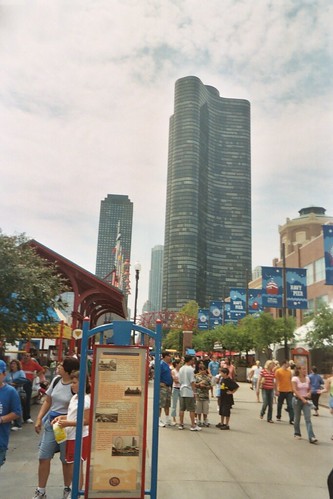
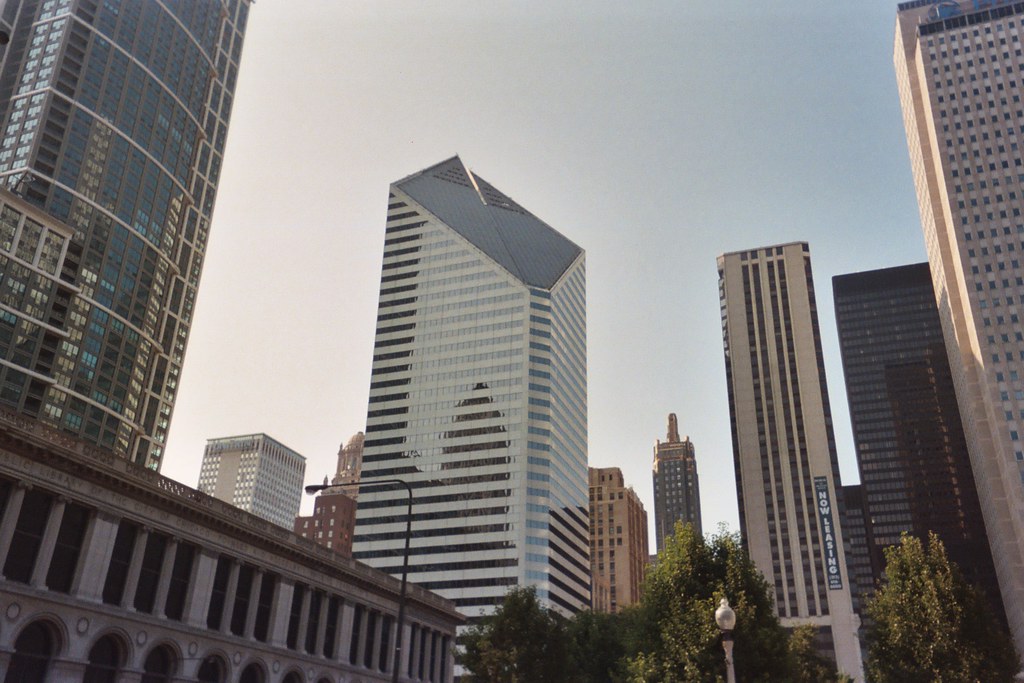
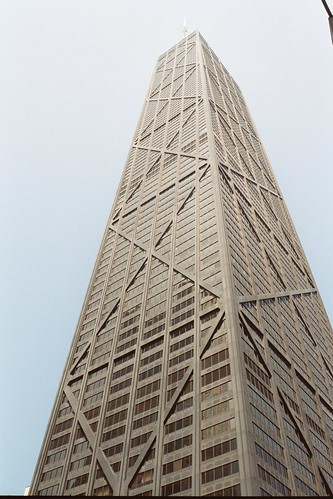
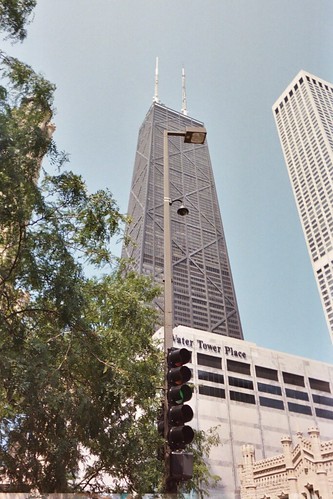
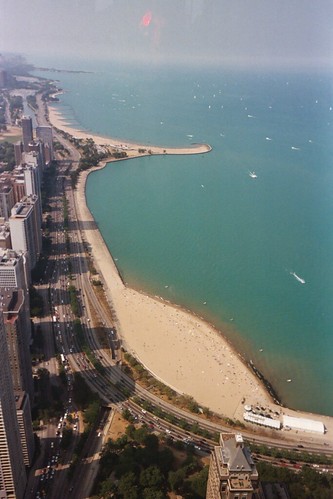
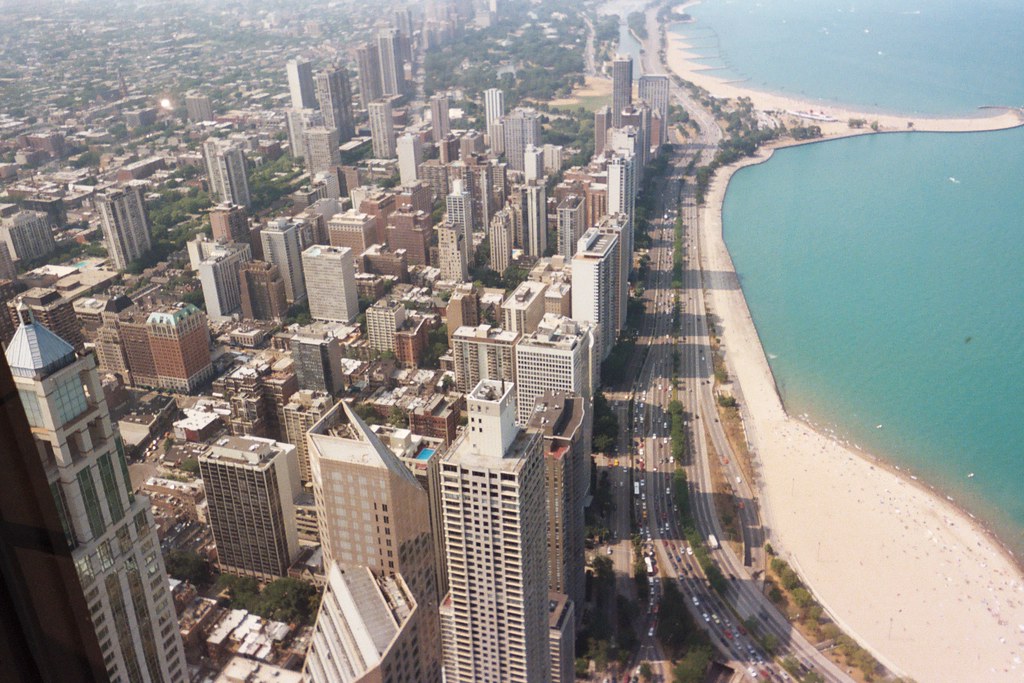
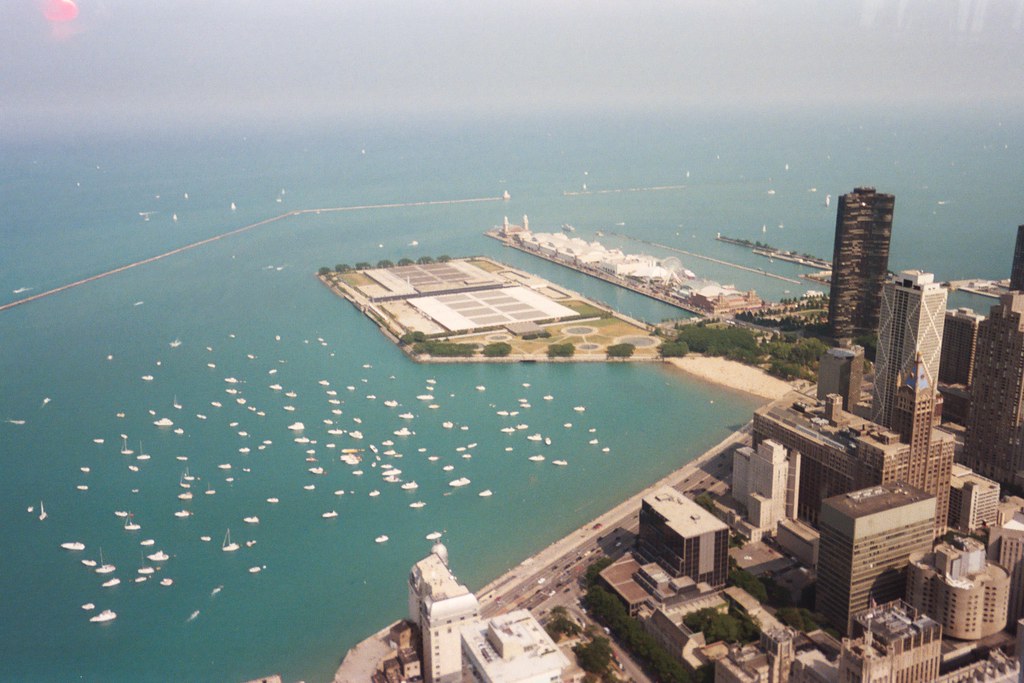
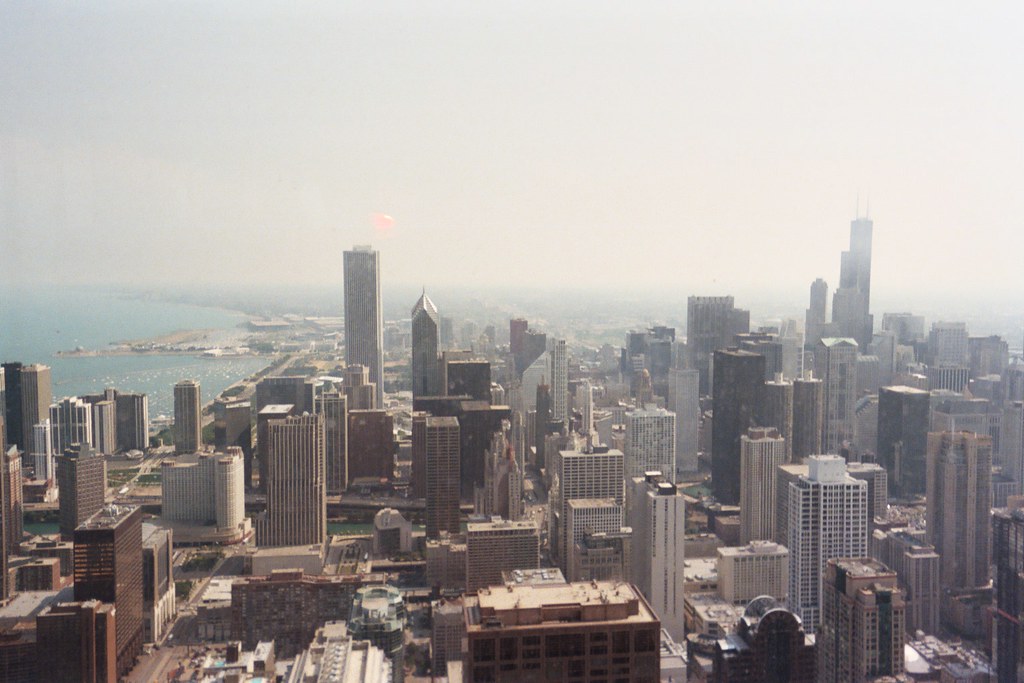
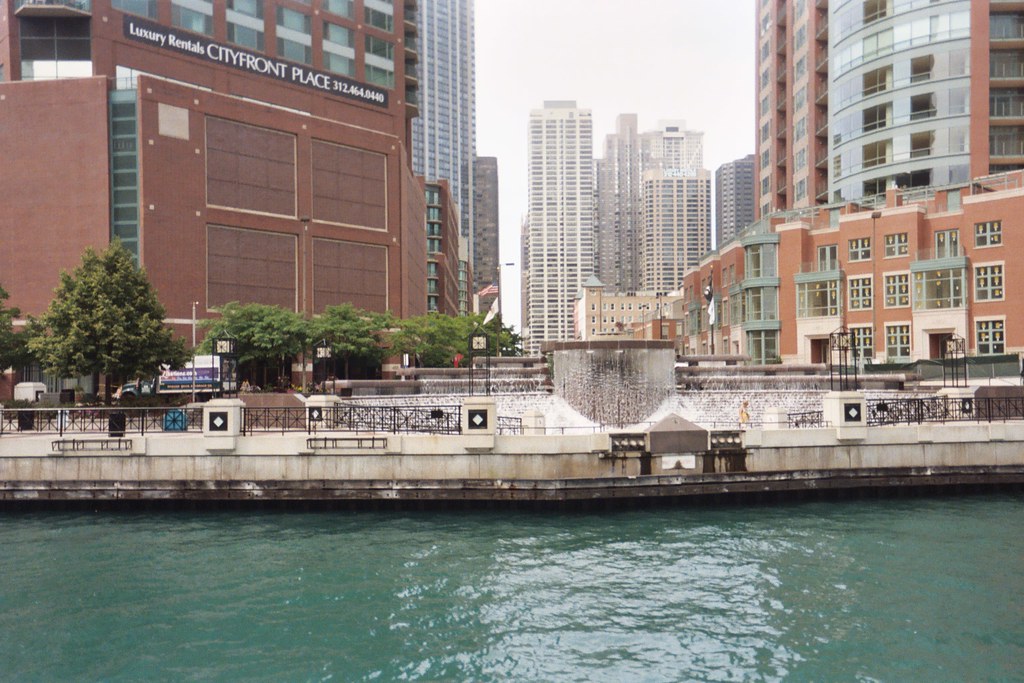
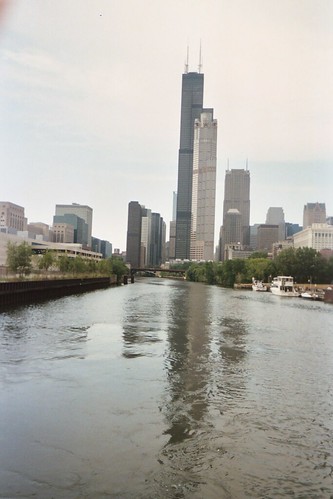

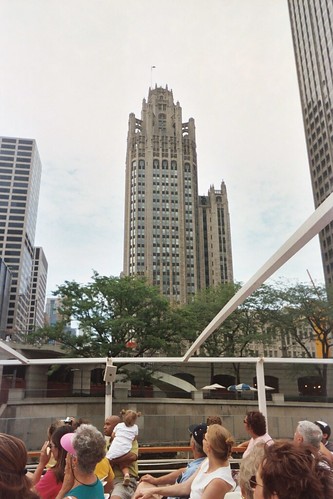
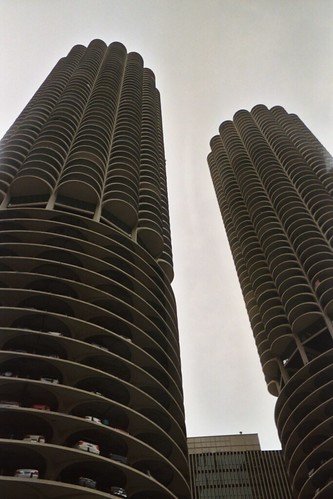
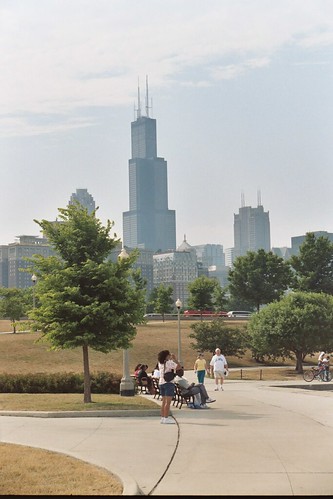
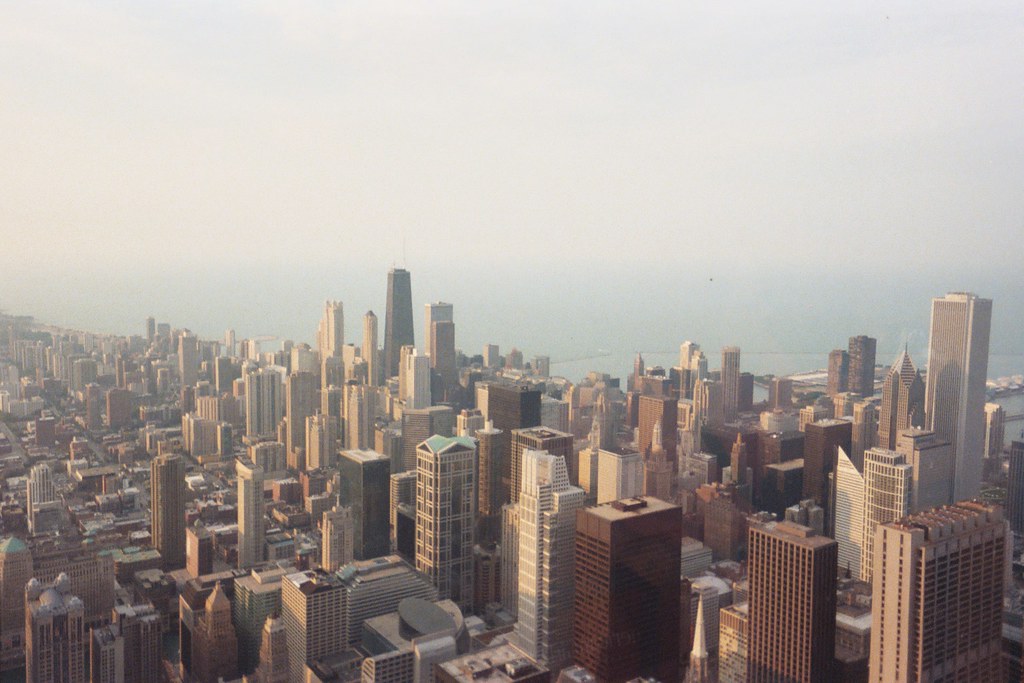
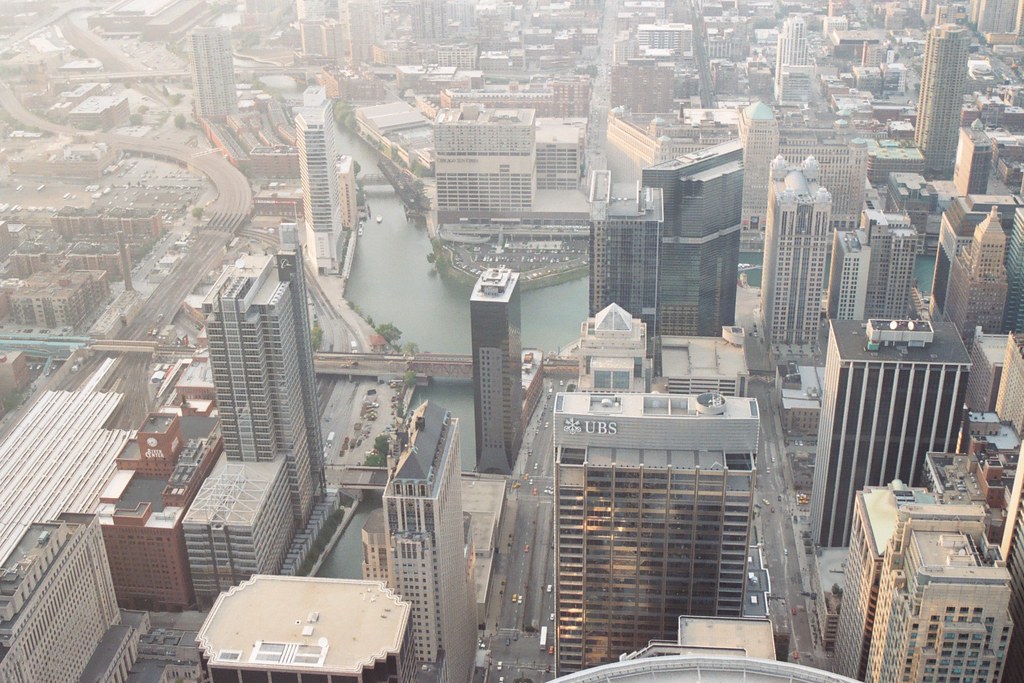
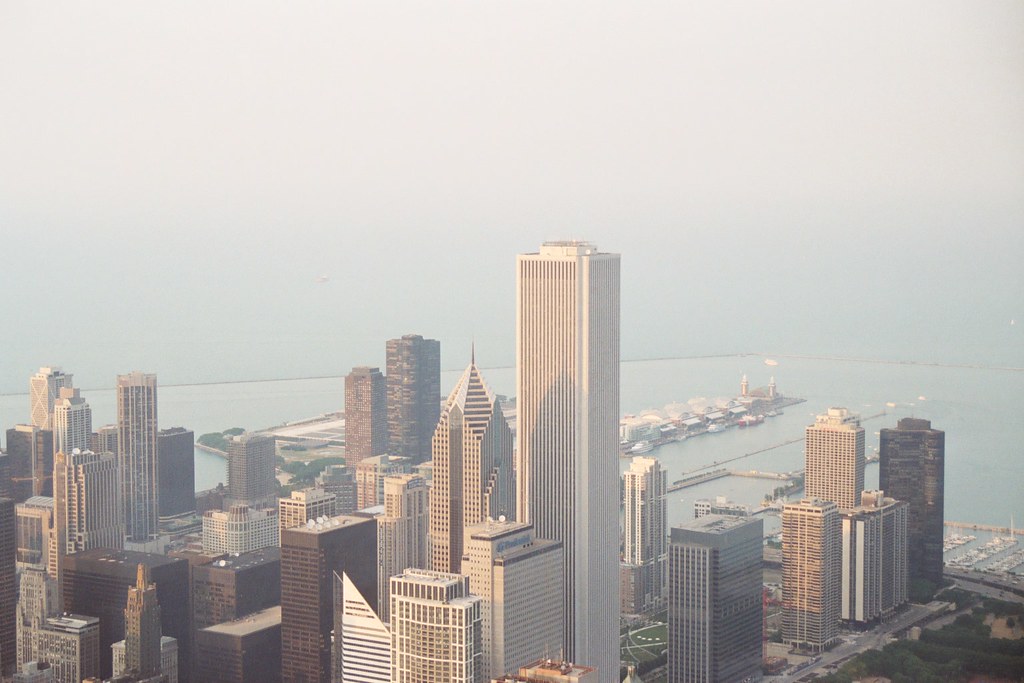
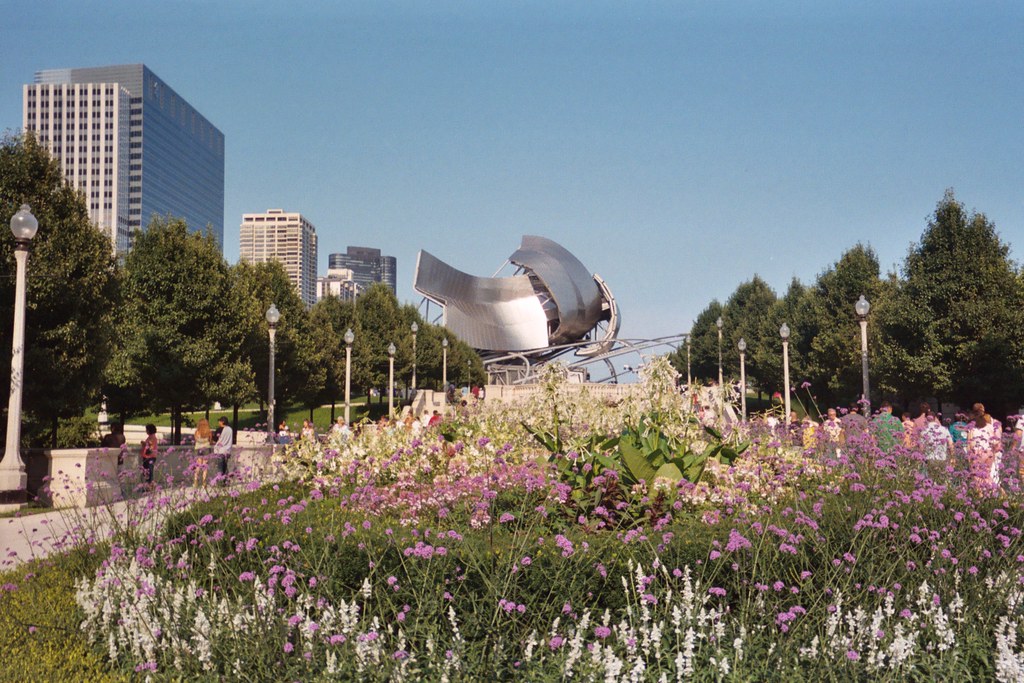
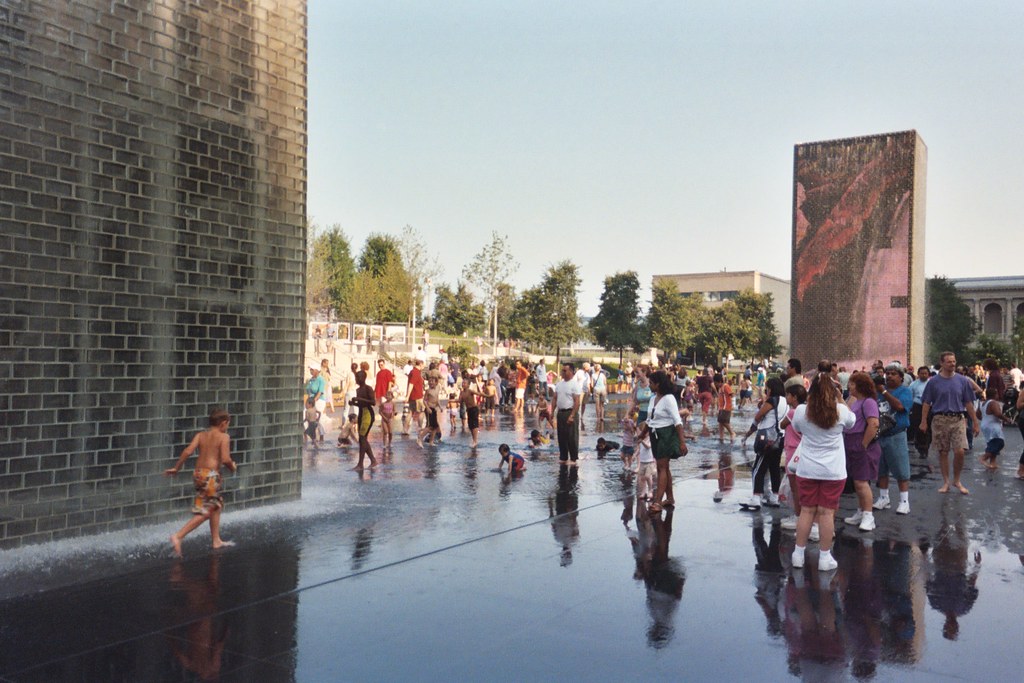
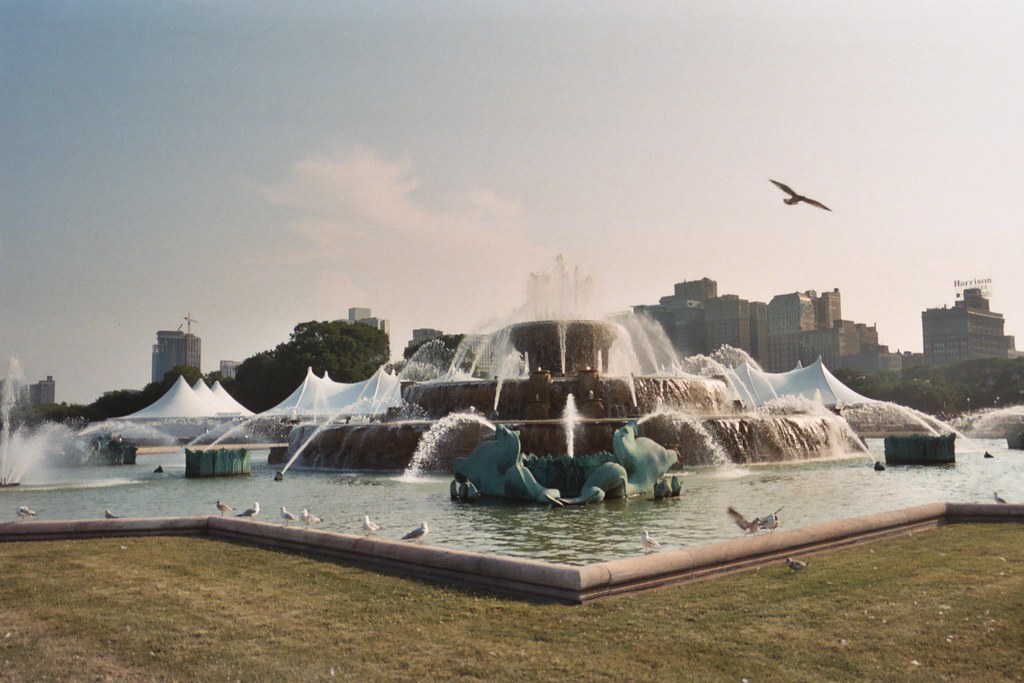
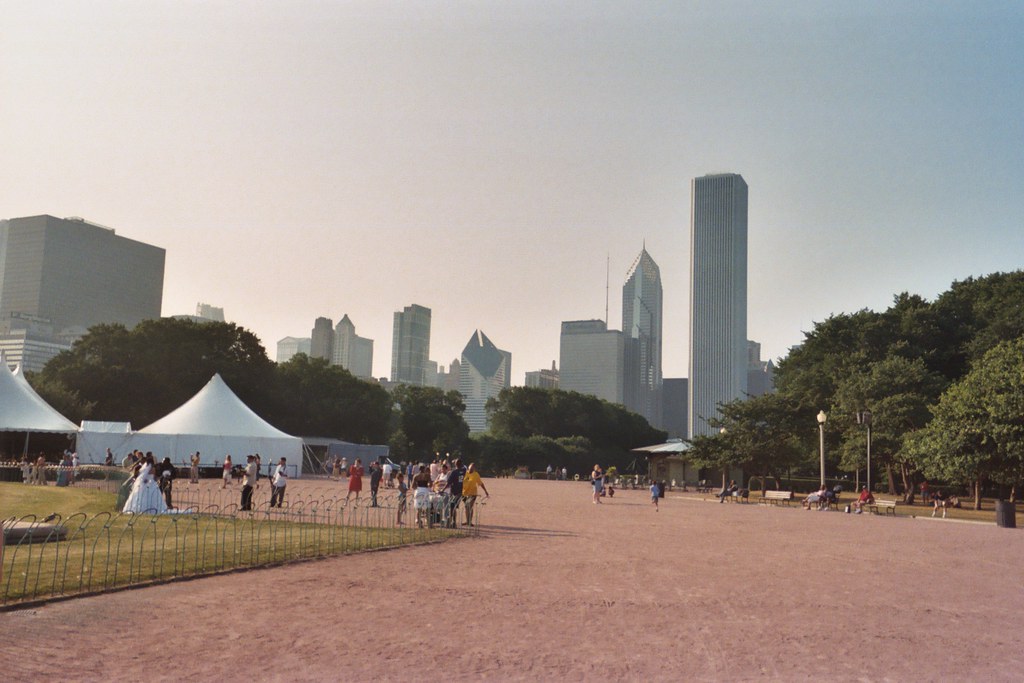
 >
> 






























































































 >
>